July 6, 2015
Humans will remain at the heart of the emerging digital workplace
 The speed of technological development over the last 30 years has been pretty mind blowing. Of course, some technologies came and went, for instance you would struggle finding fax machines in your office nowadays or people using Pagers to contact one another. It’s no wonder that in the early nineties futurologists predicted the death of the office. Technology was shaping the way we worked and was leading us away from office buildings towards a digital workplace. Yet videoconferencing hasn’t destroyed the need for business travel. Team meetings haven’t been abandoned because of messaging services like Yammer, Slack, Lync and Webex. We still do a lot of business face to face over coffee in a meeting room. Although technological advances have greatly improved the way we connect and do business, companies still appear to value human interaction.
The speed of technological development over the last 30 years has been pretty mind blowing. Of course, some technologies came and went, for instance you would struggle finding fax machines in your office nowadays or people using Pagers to contact one another. It’s no wonder that in the early nineties futurologists predicted the death of the office. Technology was shaping the way we worked and was leading us away from office buildings towards a digital workplace. Yet videoconferencing hasn’t destroyed the need for business travel. Team meetings haven’t been abandoned because of messaging services like Yammer, Slack, Lync and Webex. We still do a lot of business face to face over coffee in a meeting room. Although technological advances have greatly improved the way we connect and do business, companies still appear to value human interaction.






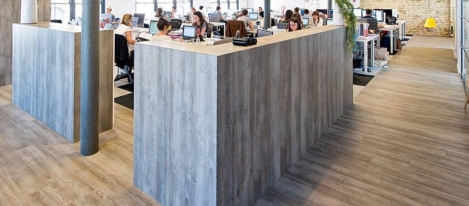
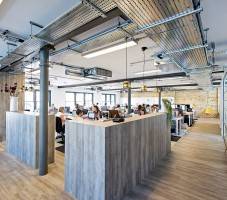



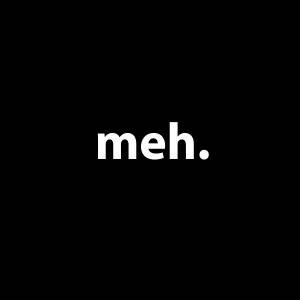


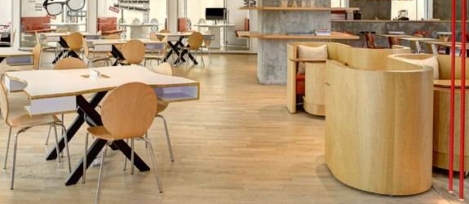







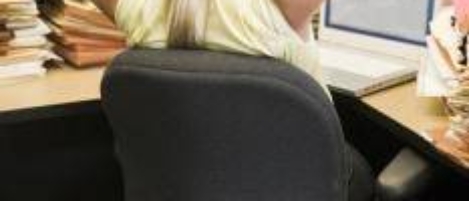
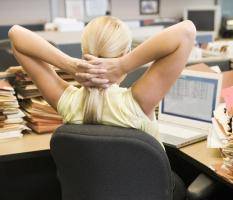











July 9, 2015
Wind tunnels and Beyoncé’s backside added to tall buildings charge sheet
by Mark Eltringham • Architecture, Cities, Comment, Property
(more…)